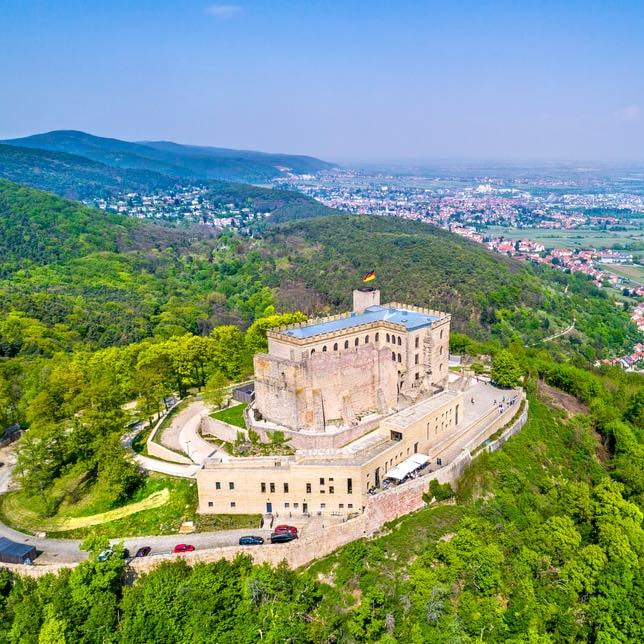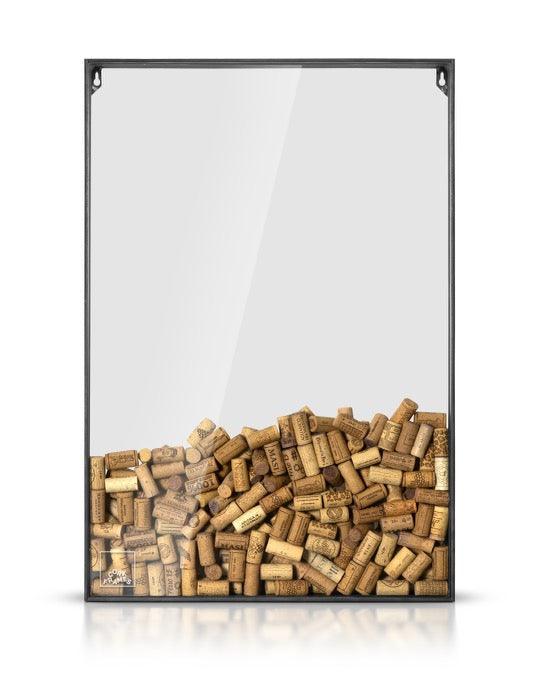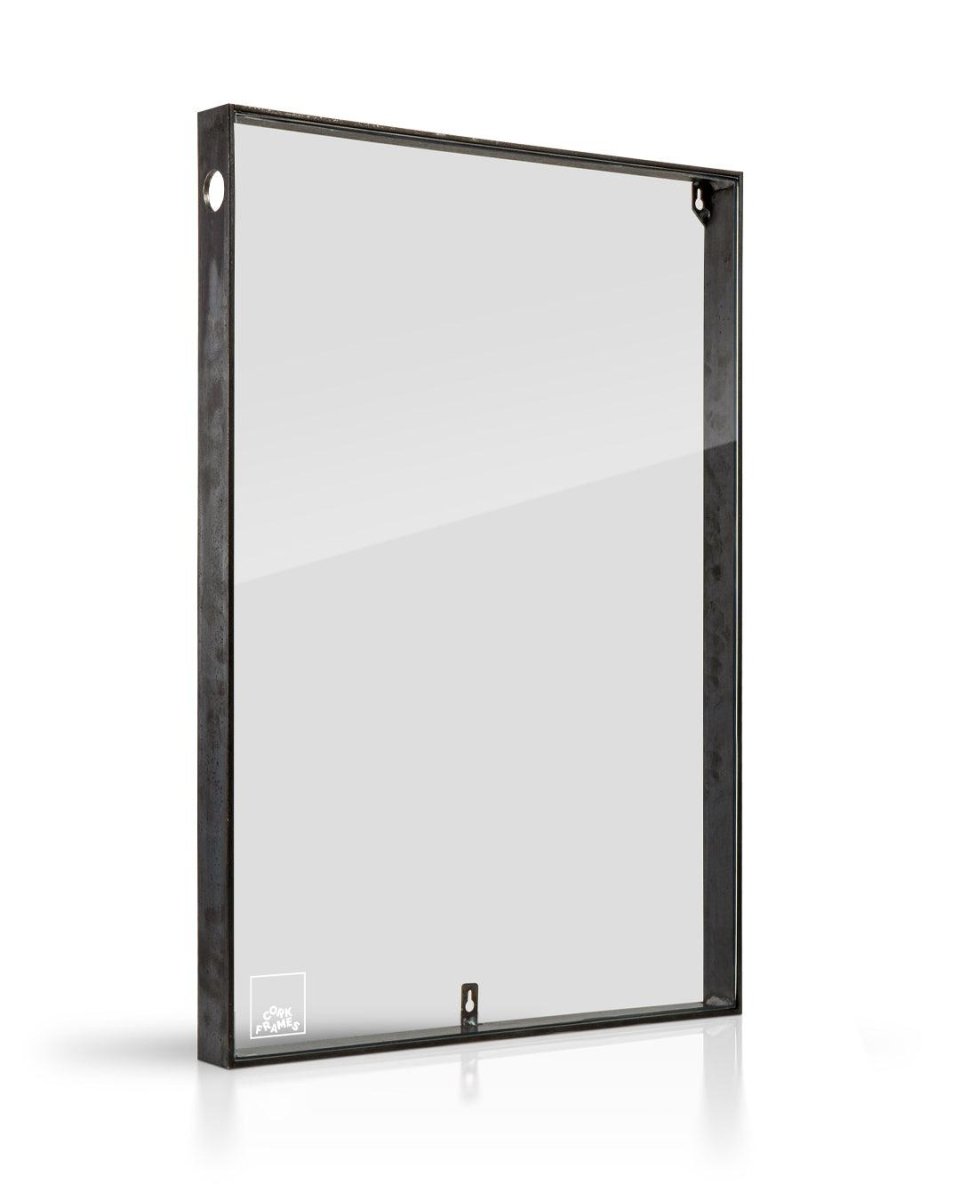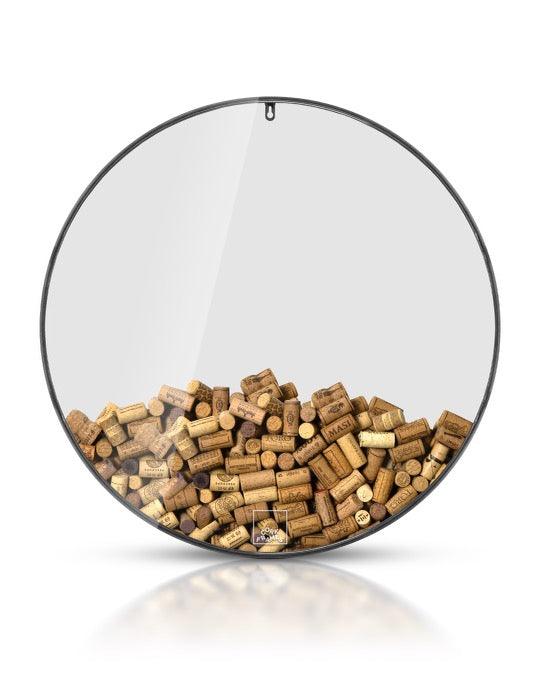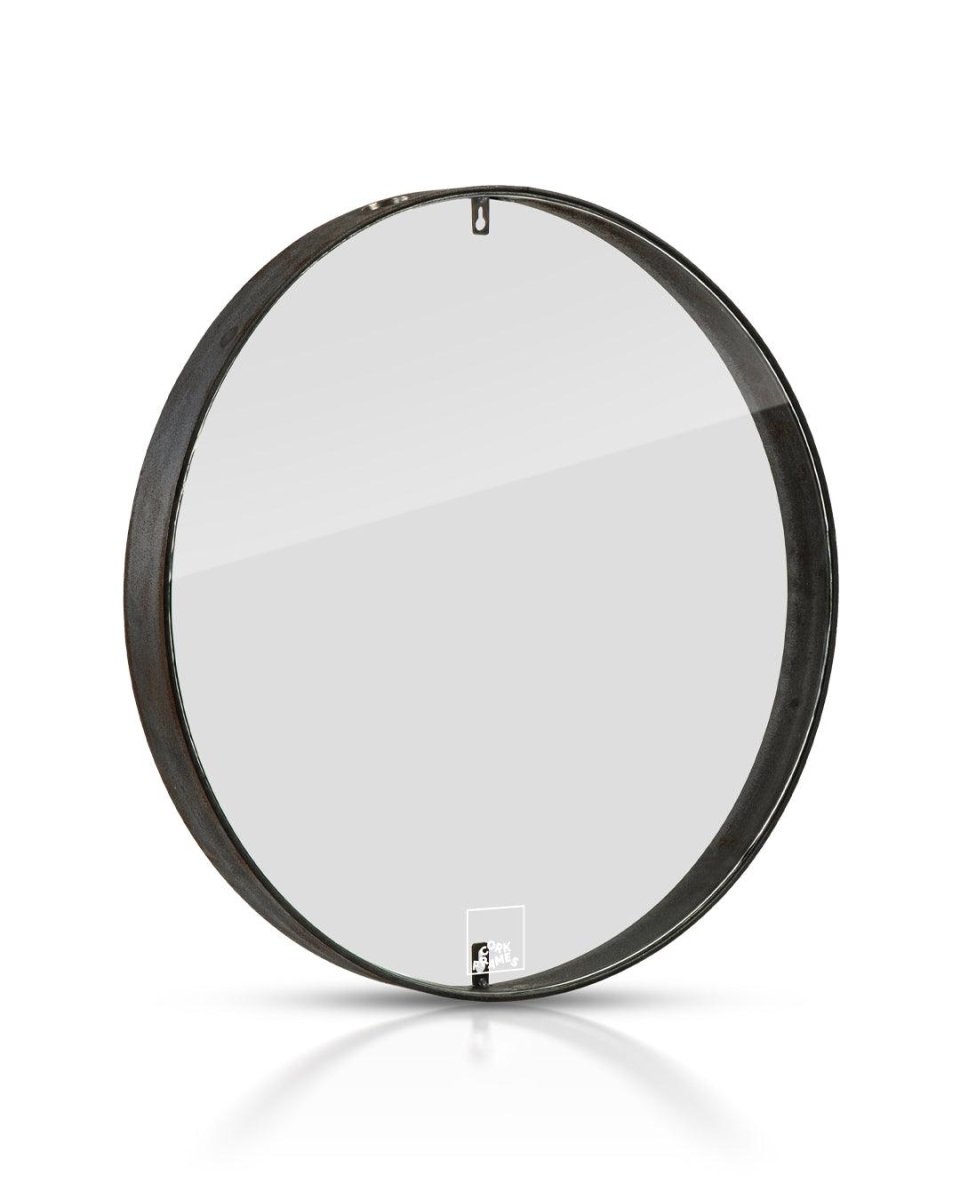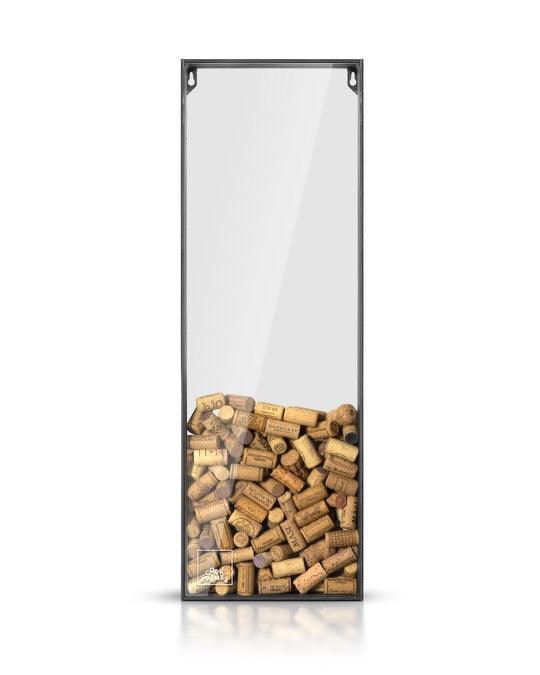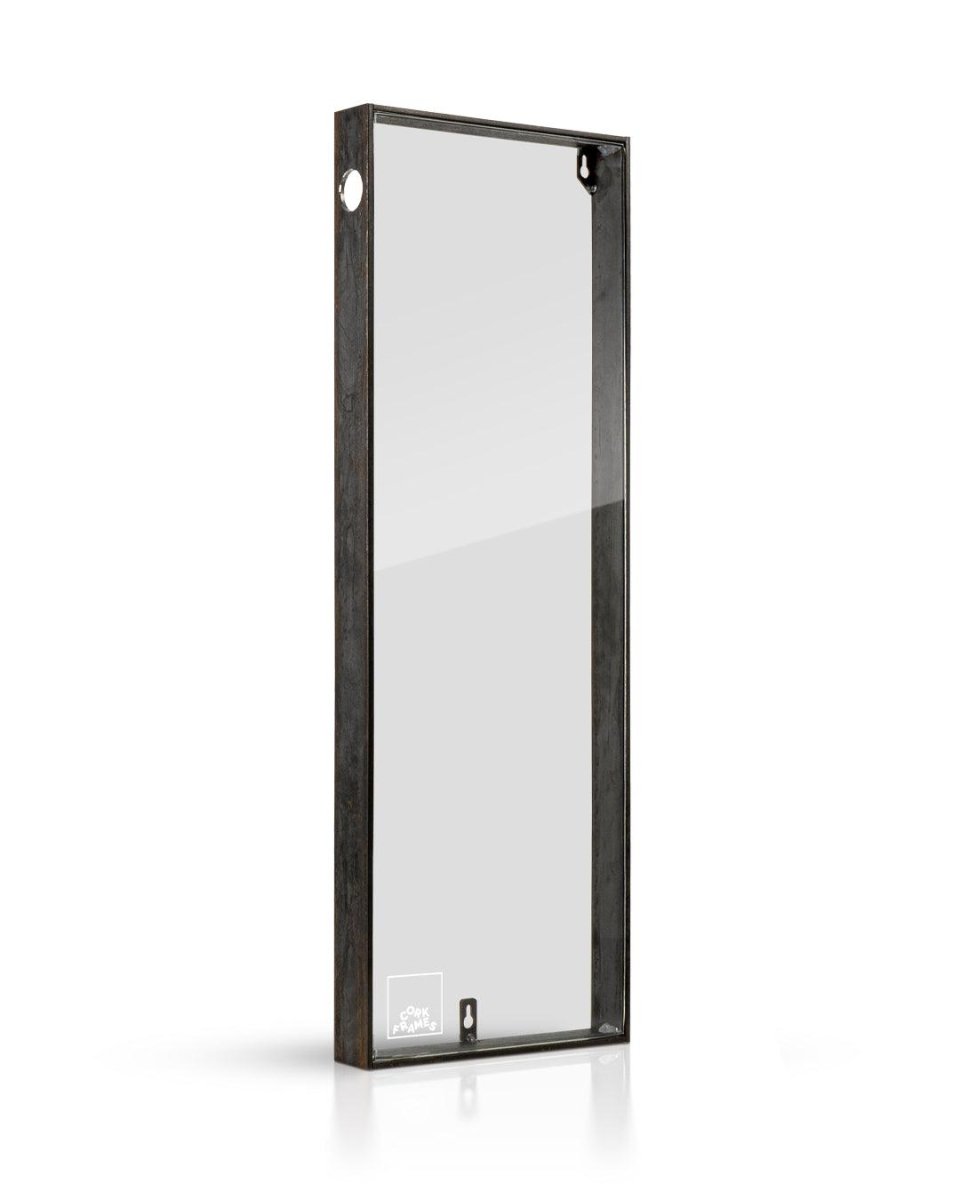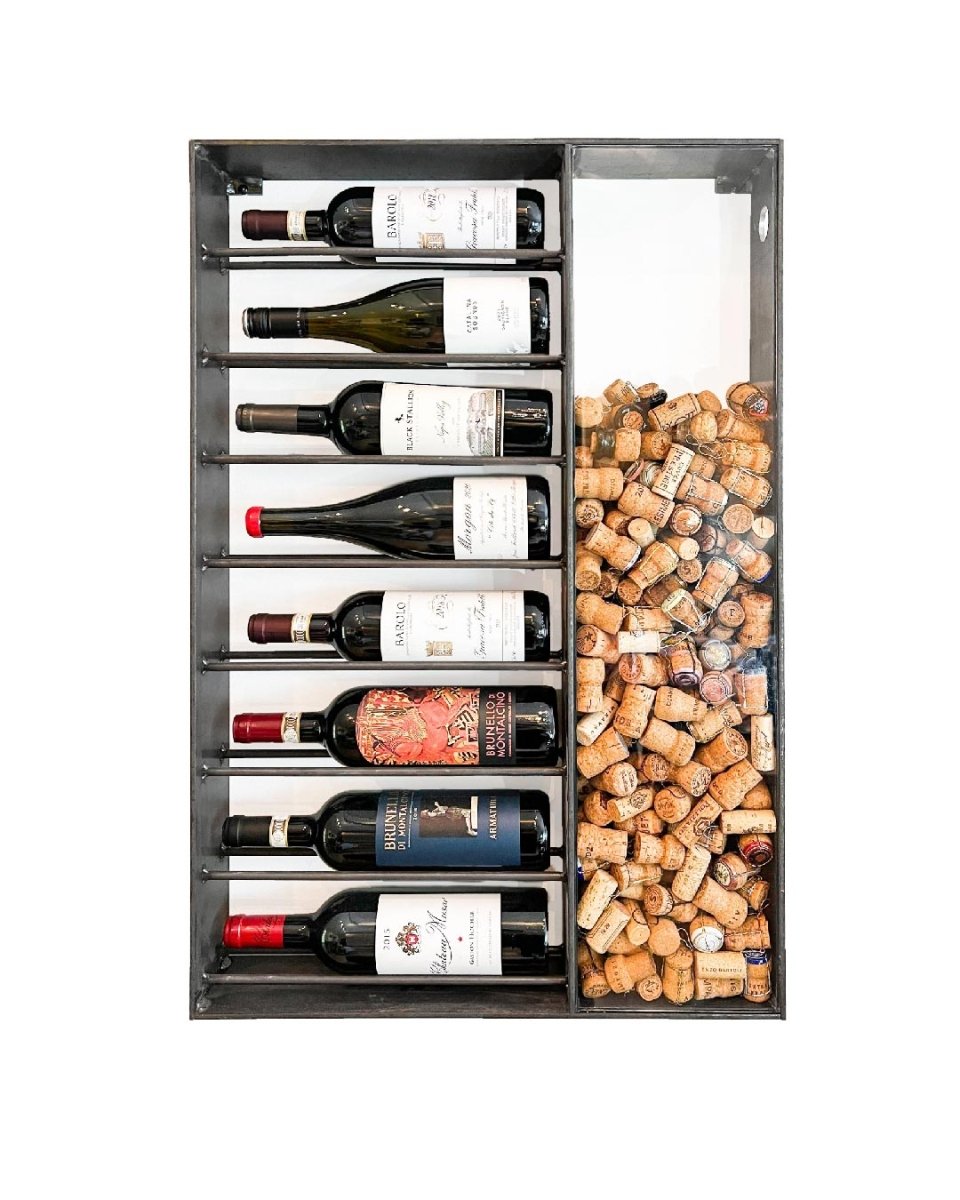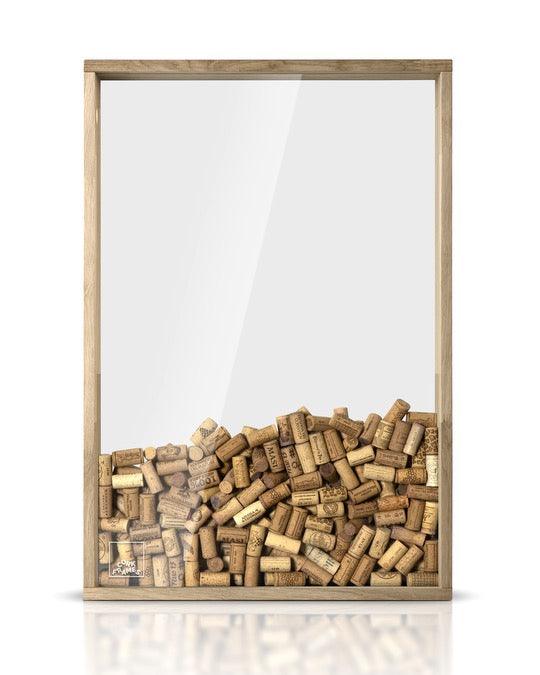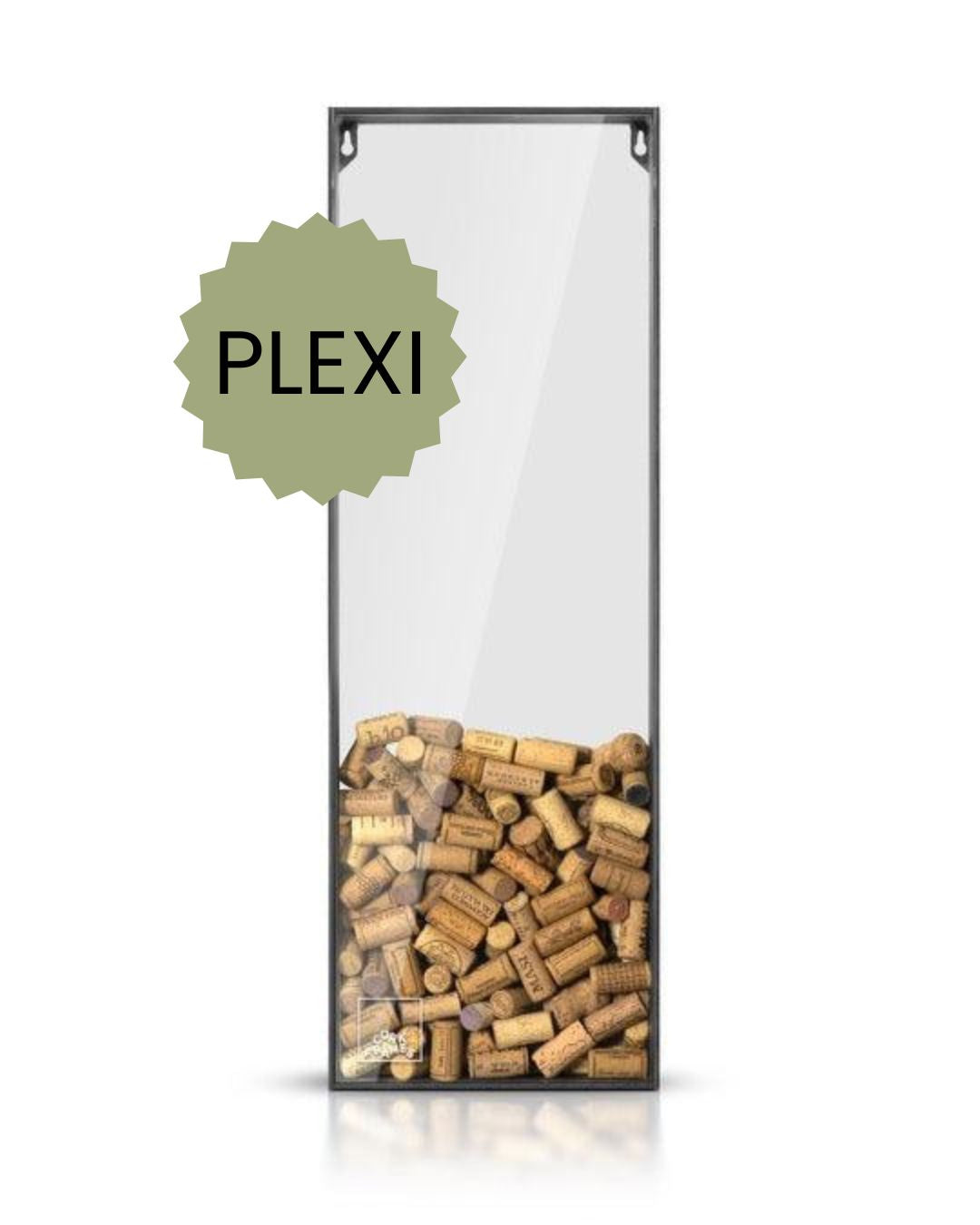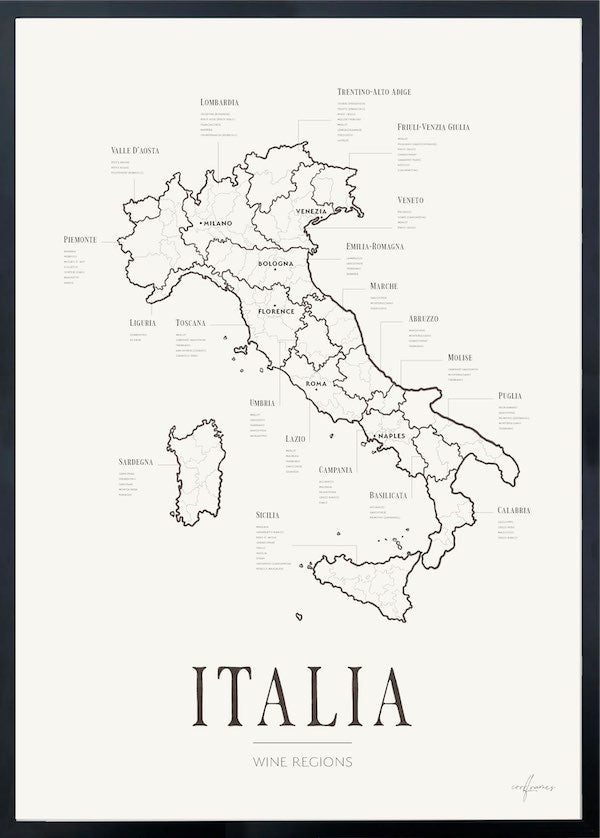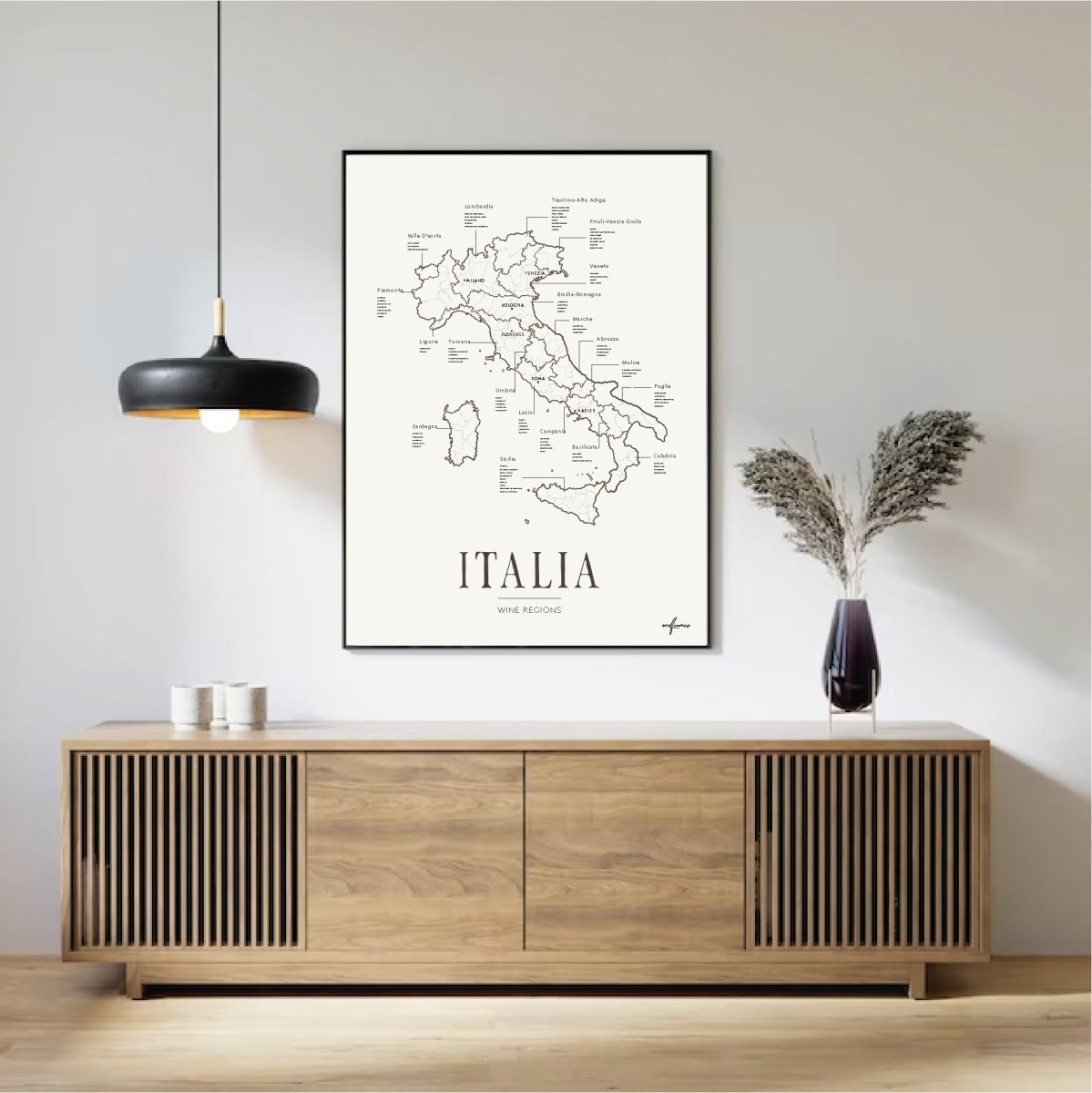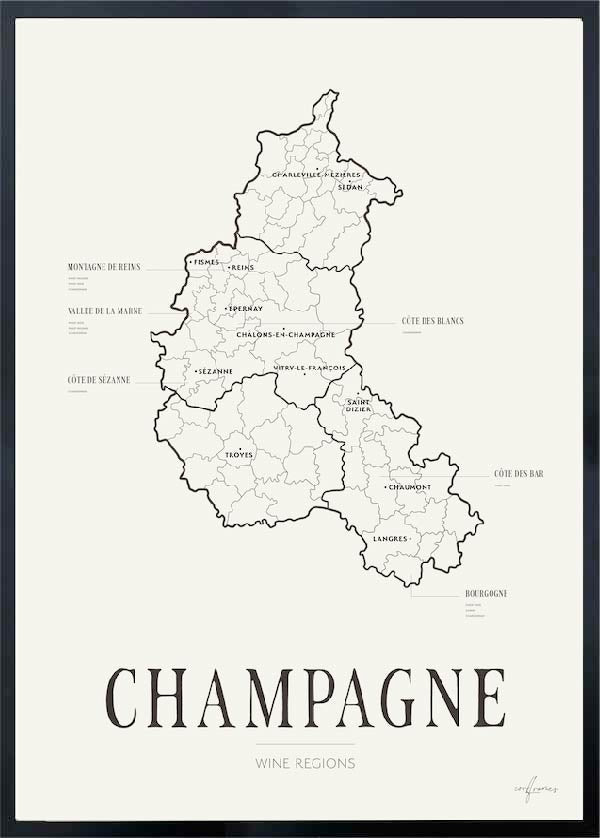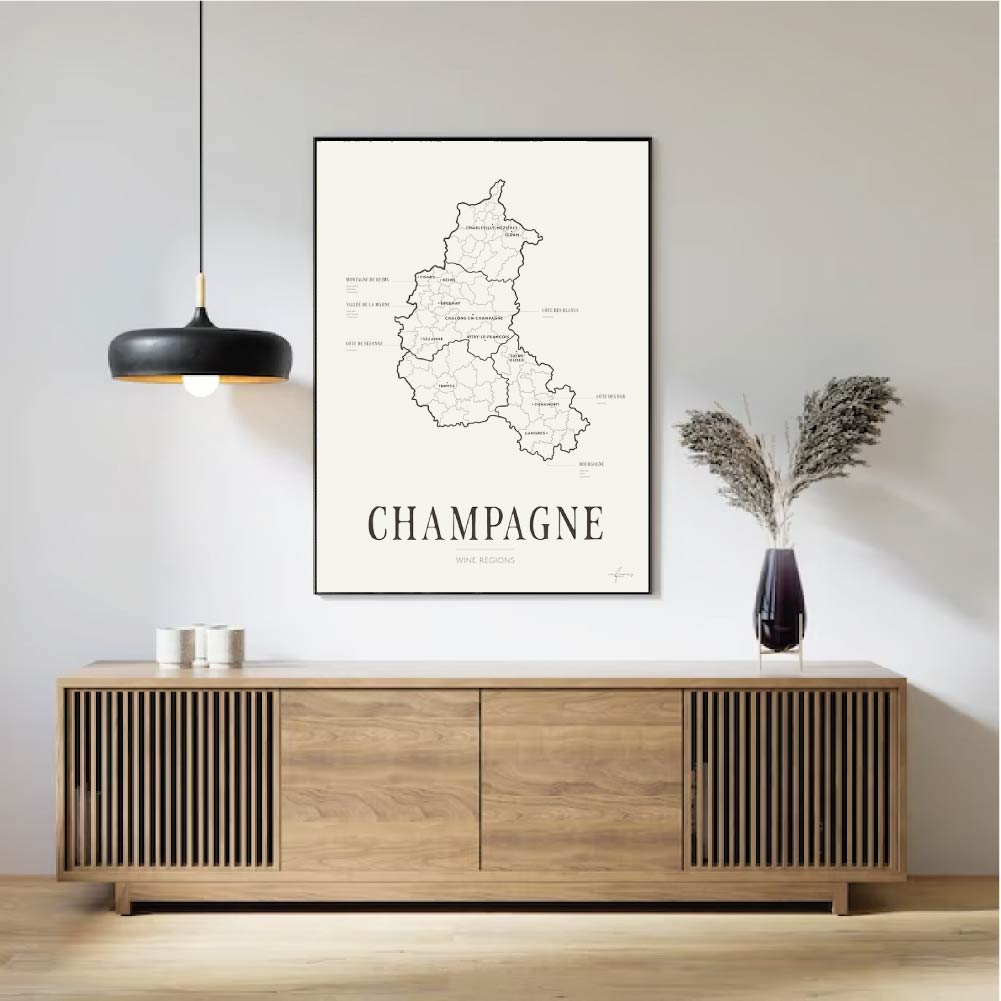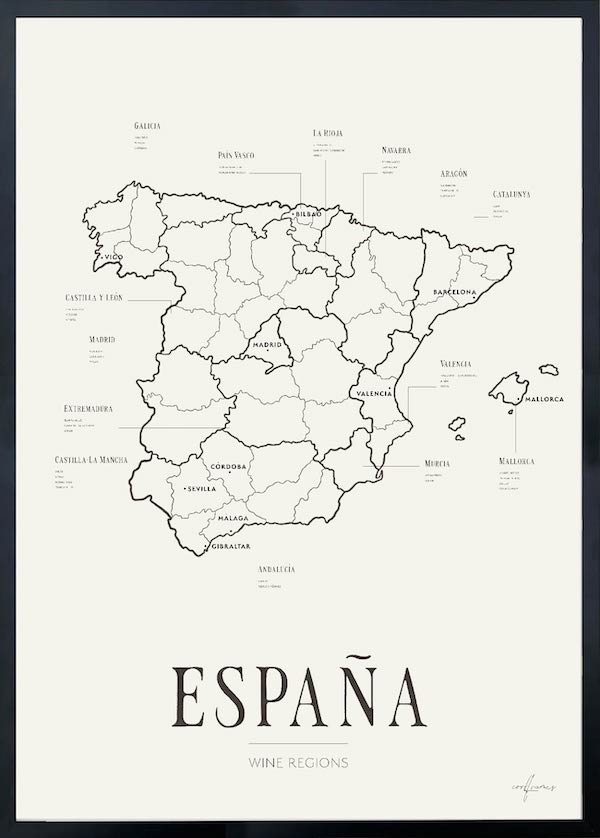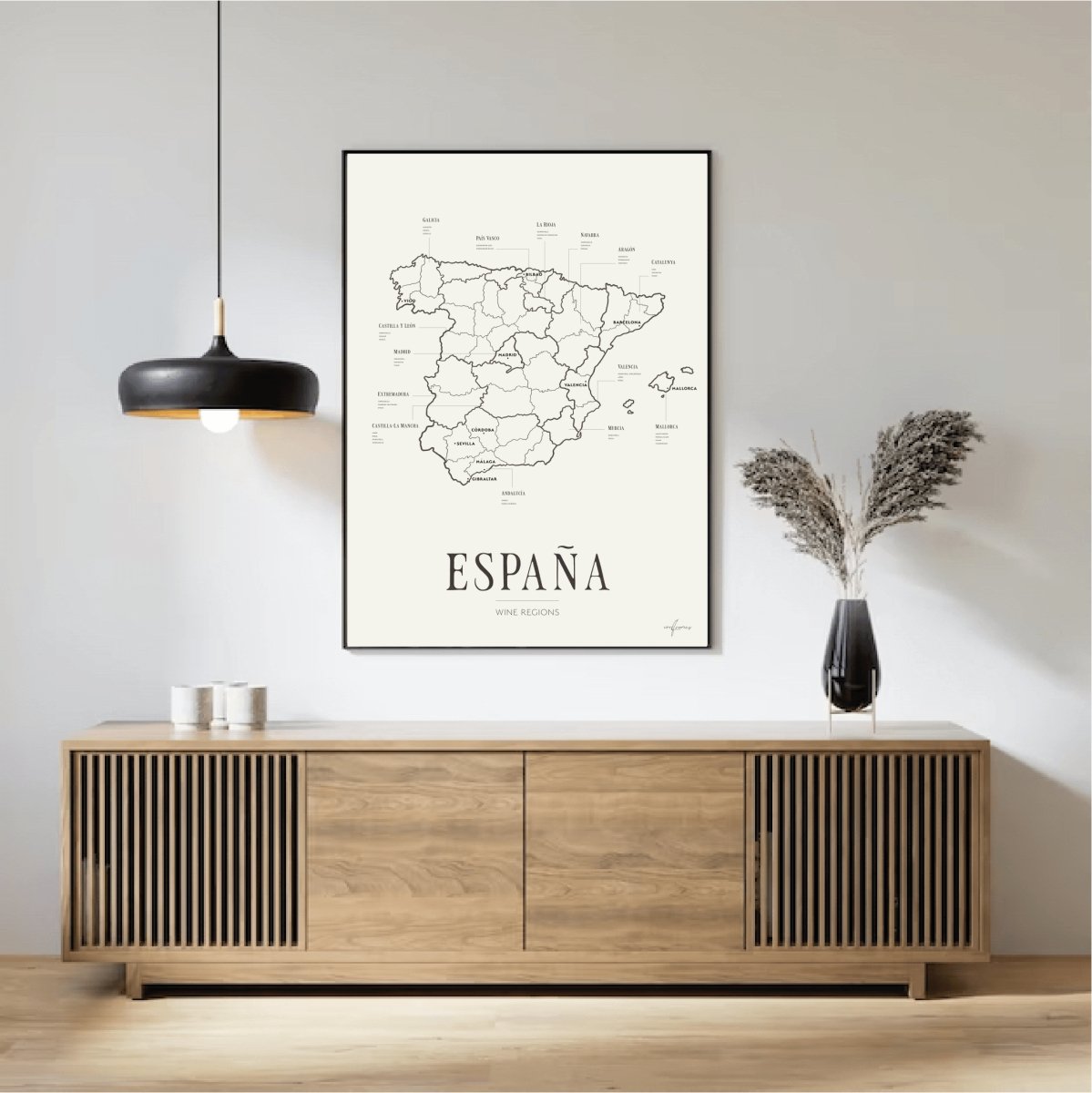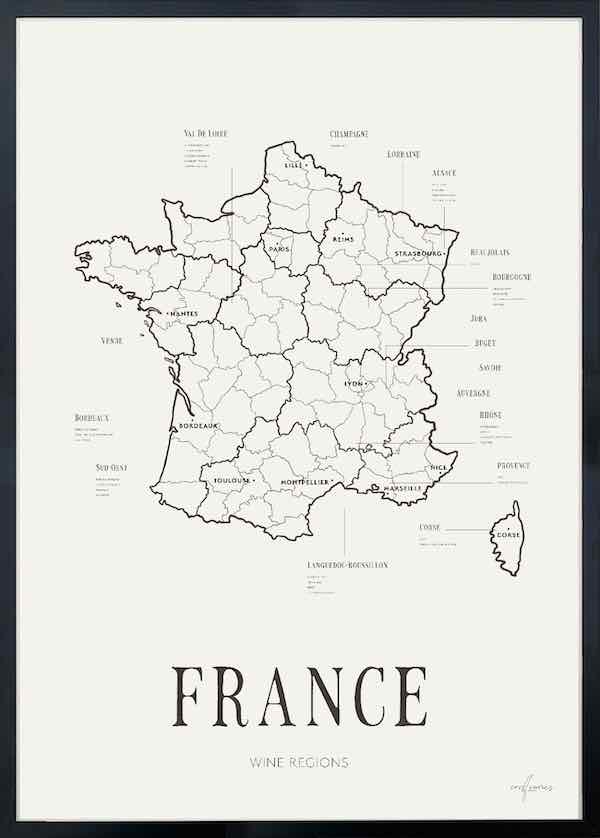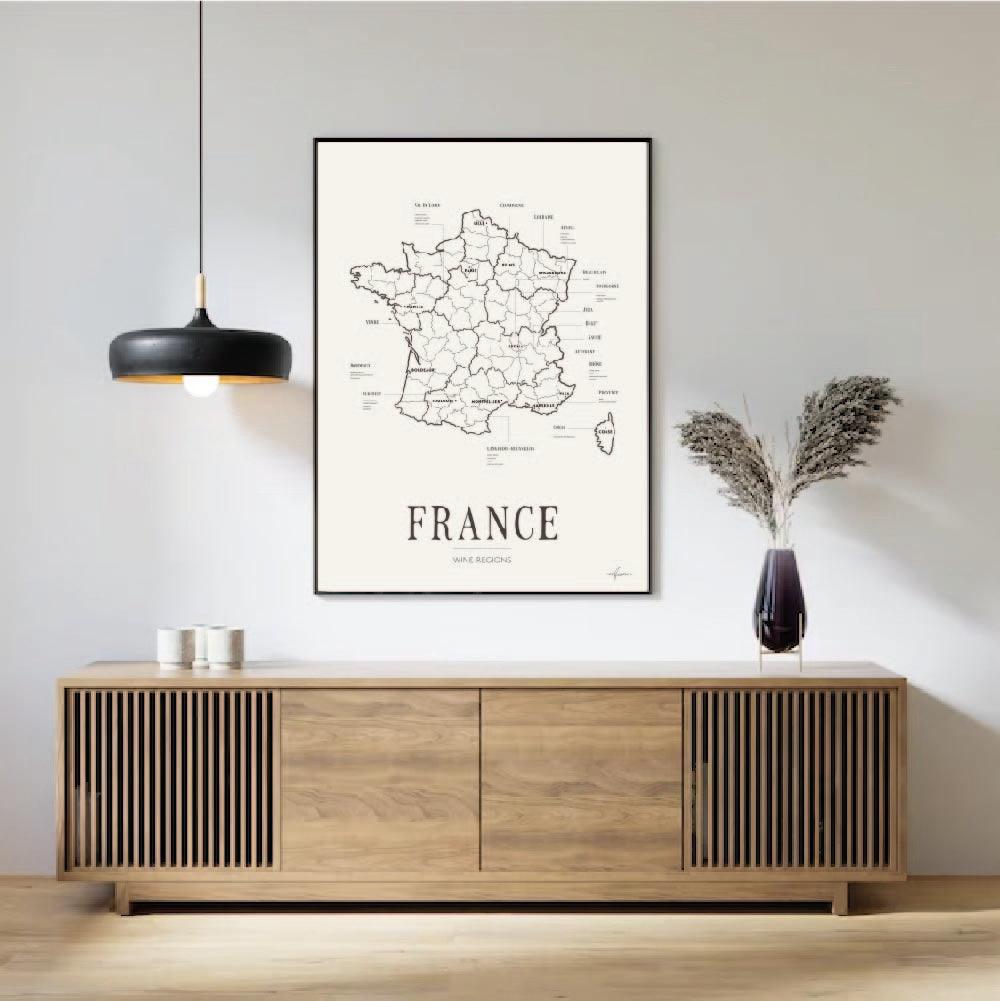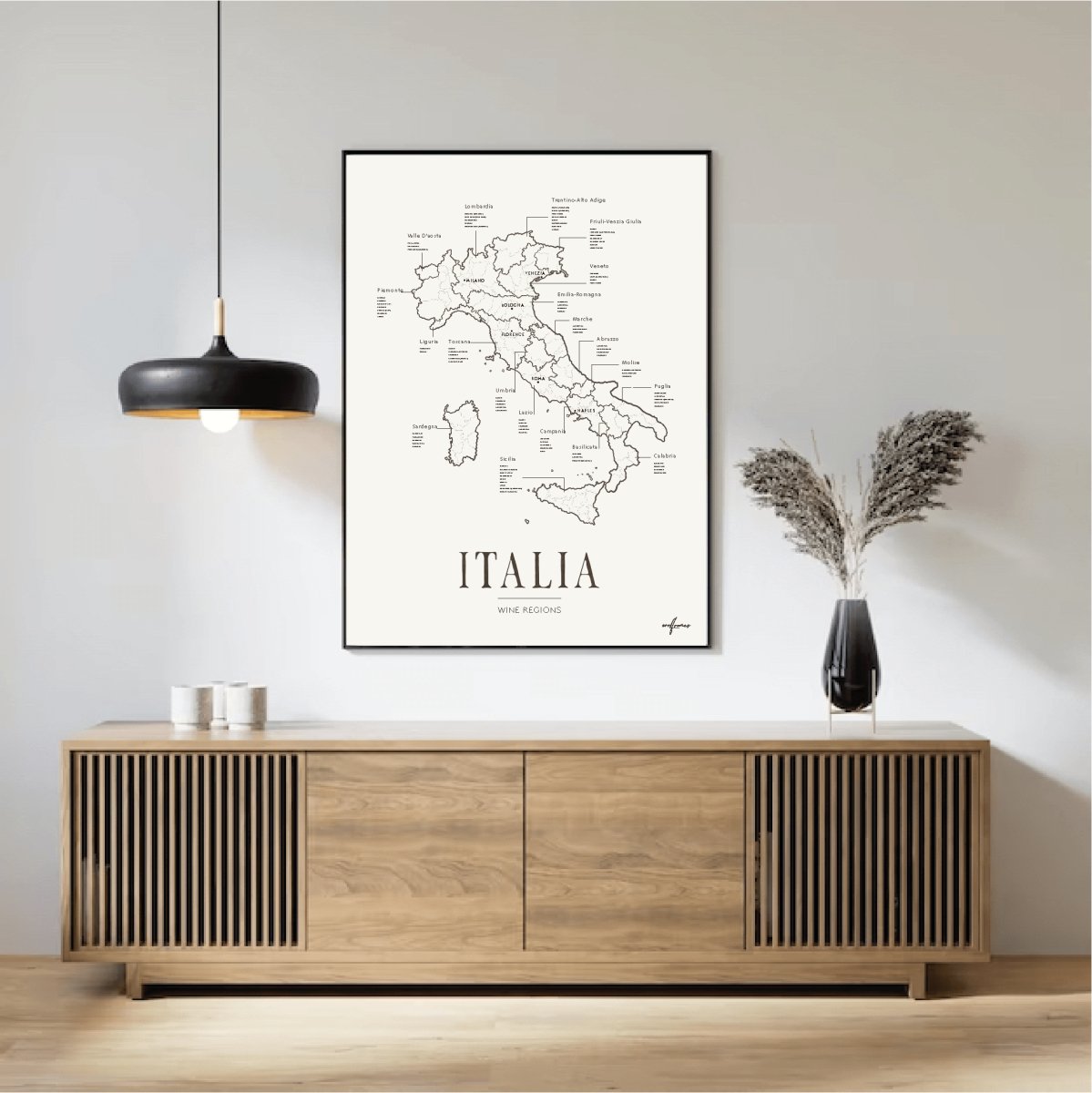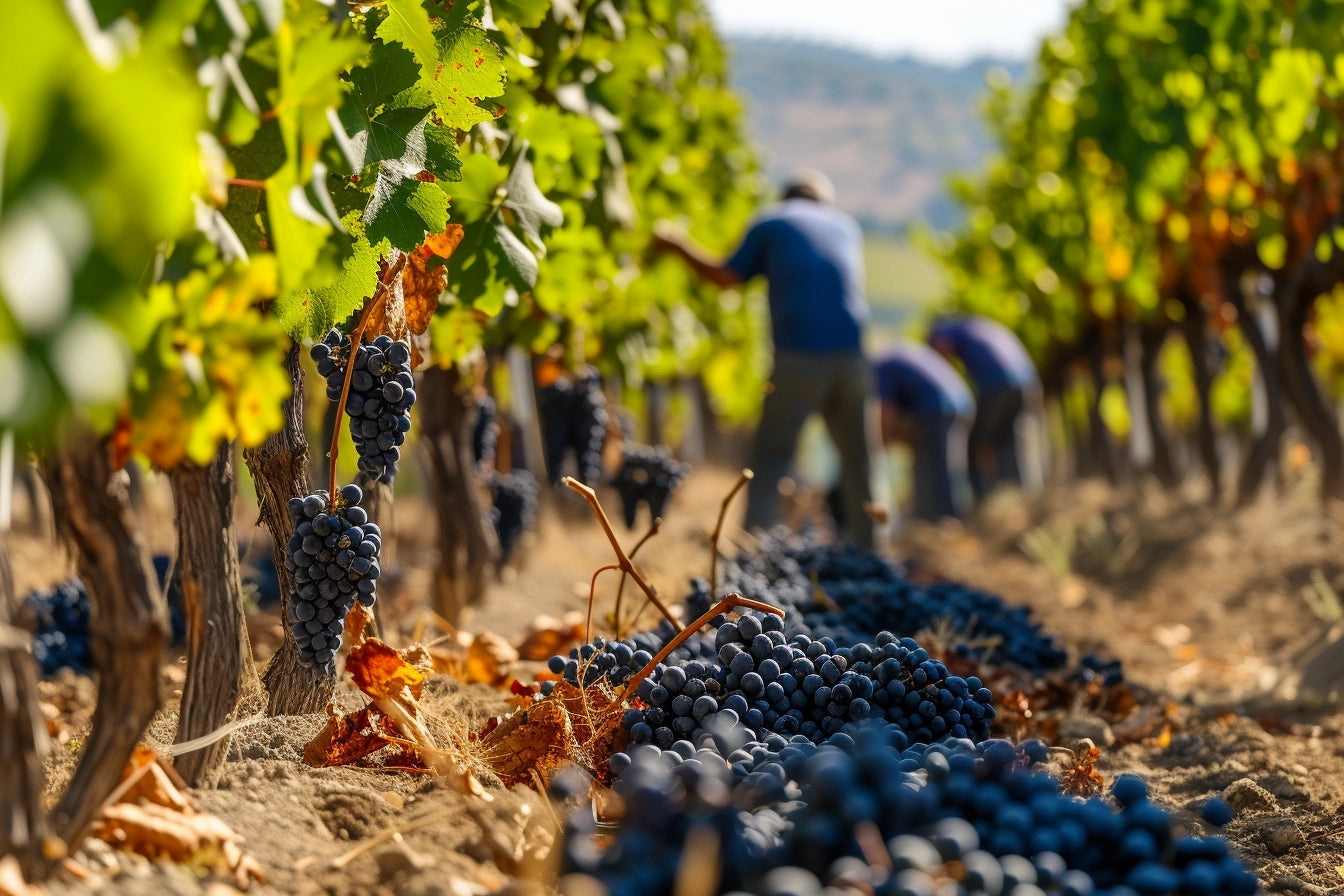Here, we explore the five most famous wine regions in Germany that every wine enthusiast should know about.
1. Rheingau
Overview: The Rheingau region, located along the Rhine River, is perhaps the most prestigious wine region in Germany. Its wines, particularly Rieslings, are celebrated for their elegance, complexity, and longevity.
Key Characteristics:
-
Climate: The Rhine River moderates temperatures, creating an ideal microclimate for grape growing.
-
Soil: A mix of slate, quartzite, and loam, contributing to the unique minerality of the wines.
- Notable Varieties: Riesling and Spätburgunder (Pinot Noir).
Highlights: Rheingau Rieslings are known for their balance of acidity and sweetness, often with pronounced fruit and floral notes. The region also produces excellent dry wines and elegant Pinot Noirs.
2. Mosel
Overview: The Mosel region, following the meandering Mosel River, is famous for its steep vineyard slopes and stunning river vistas. It is particularly well-known for its light, aromatic Rieslings.
Key Characteristics:
-
Climate: Cool climate, with the river providing warmth and reflecting sunlight onto the vineyards.
-
Soil: Predominantly slate, which retains heat and imparts a distinctive mineral quality to the wines.
- Notable Varieties: Riesling.
Highlights: Mosel Rieslings are often light-bodied with high acidity and flavors ranging from green apple to peach, often with a distinctive slate minerality. These wines can be enjoyed young or aged for decades.
3. Pfalz
Overview: The Pfalz region, located in the southwestern part of Germany, is one of the country's largest and sunniest wine regions. It is known for its diverse range of wines, including both white and red varieties.
Key Characteristics:
-
Climate: Warm and sunny, similar to the climate of Alsace, France.
-
Soil: Varied, including sandstone, limestone, and clay.
- Notable Varieties: Riesling, Müller-Thurgau, and Spätburgunder (Pinot Noir).
Highlights: Pfalz wines are known for their full-bodied and fruit-forward profiles. The region’s Rieslings are rich and aromatic, while its Pinot Noirs are gaining international recognition for their quality.
4. Rheinhessen
Overview: Rheinhessen, Germany’s largest wine-producing region, is located along the Rhine River. It is known for its innovative winemaking and diverse grape varieties.
Key Characteristics:
-
Climate: Mild climate with moderate rainfall.
-
Soil: Mixed soils, including loess, clay, and limestone.
- Notable Varieties: Riesling, Silvaner, and Dornfelder.
Highlights: Rheinhessen produces a wide range of wine styles, from crisp, dry whites to rich, fruity reds. The region is also known for its experimental winemakers who are pushing the boundaries of traditional German winemaking.
5. Baden
Overview: Baden, located in the southwestern corner of Germany, is the country’s warmest wine region. It is known for its high-quality red wines, particularly Spätburgunder (Pinot Noir).
Key Characteristics:
-
Climate: Warm and sunny, benefiting from the proximity to the Black Forest and the Rhine River.
-
Soil: Diverse, including volcanic, loess, and limestone soils.
- Notable Varieties: Spätburgunder (Pinot Noir), Müller-Thurgau, and Grauburgunder (Pinot Gris).
Highlights: Baden’s Spätburgunders are comparable to the finest Pinot Noirs from Burgundy, with rich, complex flavors and silky tannins. The region also produces excellent white wines, including crisp, aromatic Pinot Gris and Pinot Blanc.

